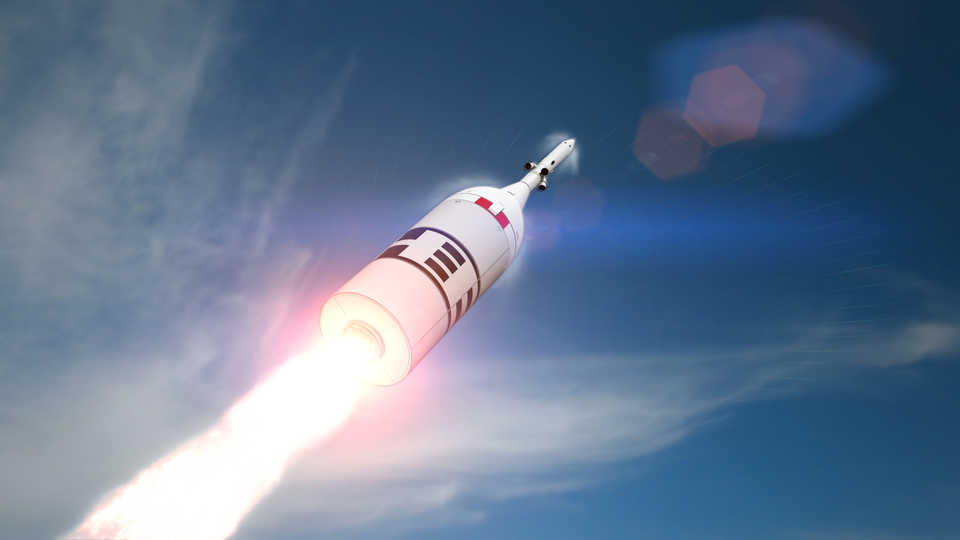In Round 1 of this challenge, participants will have the opportunity to chat with NASA subject matter experts to learn tips on how to make the app the best it can be. Teams will then post videos of their app designs online for consideration by NASA to use in future missions.
In Round 2, teams with favorable submissions advance to present their app in an interview with NASA engineers working on the AA-2 flight test. After this round, NASA will select student team/s for an all-expenses paid trip to a NASA field center in early summer, 2019.
Student teams must:
- Be able to process approximately three minutes’ worth of data smoothly.
- Use any programming language (e.g. Java, Scratch, etc.) and/or operating systems (Windows, Android, etc.) to complete development of an app.
- Read 21 double-precision floating point numbers (doubles) that represent position and rotation of the rocket’s three main parts from an external source.
- Display all 21 doubles (although not necessarily simultaneously) in some meaningful form beyond text.
- Submit a video of original student led work on the completed app.
- Adhere to you school districts' policies regarding participation in the challenge.
- Complete program requirements as identified by the ADC team.
The challenge begins on March 13, 2019 and Round 1 participation concludes with video submissions on May 1, 2019. Full details can be found on this website: www.nasa.gov/education/appchallenge
